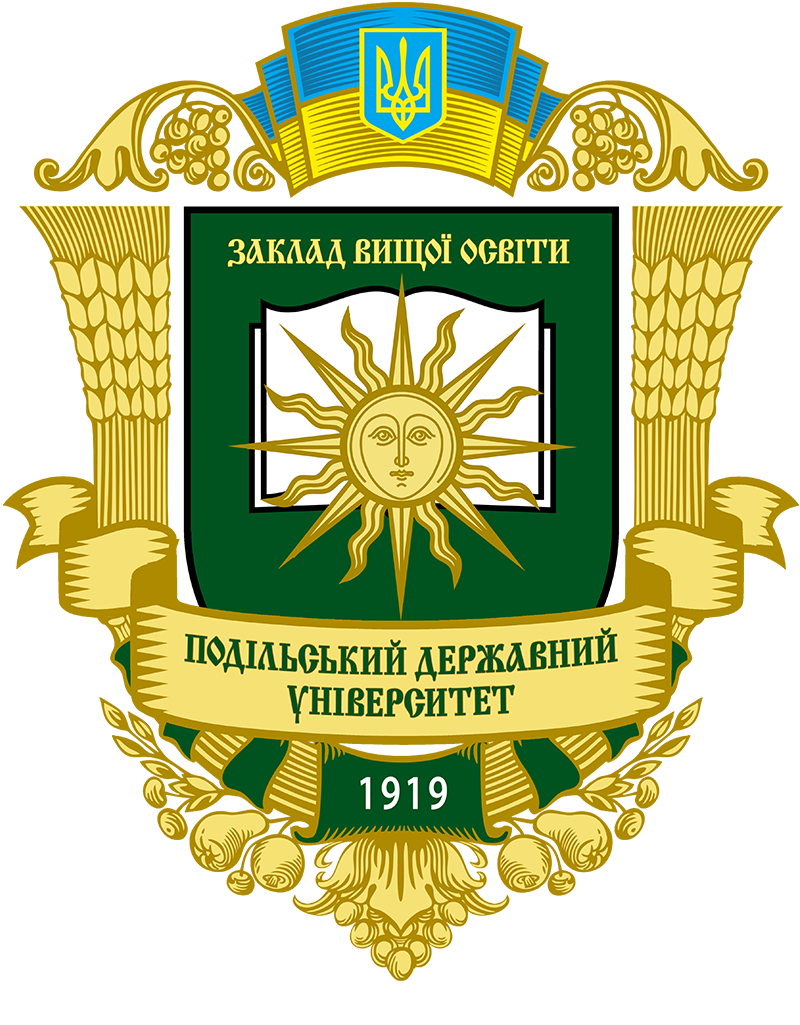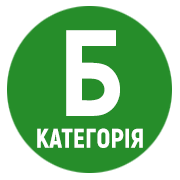THE BIOCHEMICAL COMPOSITION OF THE BLOOD OF LAYING HENS DURING IN THE PRODUCTIVE PERIOD
DOI:
https://doi.org/10.37406/2706-9052-2024-2.14Keywords:
blood, albumin, globulin, calcium, phosphorusAbstract
Today’s poultry industry uses various is means to predict the productivity of hens, are using internal indicators – the biochemical composition of the blood of birds in different age periods. The hematological studies of poultry blood are particularly important, due to the fact that blood takes part in all physiological processes of the body. The main products of laying hens are eggs and meat, the production of which consumes is impotent part of proteins. The dynamics of the level of protein and protein fractions in the blood serum are interrelated with the productivity is of poultry, and are important for the prediction of performance. The level of productivity of poultry and the dynamics of laying hens are fully reflected in the blood compositions. The scientific research of the studied is biochemical composition of the blood of laying hens of different breeds in the productive period: 20, 45 and 75 weeks. In composition blood of laying hens characterize the functioning of all body systems and are related to the productivity of the poultry. The intensity of metabolic processes in the blood increases during the period of intense growth and development of the body, as well as during the egg-laying period of hens, this leads to an increase or decrease of certain blood parameters in accordance with the productivity of the bird at different age periods. The scientific research revealed is the highest amount of total protein and globulins in the blood of 20-week-old hens, which indicates an intensive synthesis of proteins at the beginning of laying egg by the hen’s body. A significant part of calcium was contained in the blood of 45-week-old laying hens of the cross Hisex Brown (5.11 mmol/l) and Hisex White (5.02 mmol/l), the smallest – in the bird of the cross Hy-Line Brown (4.21 mmol/l). Similar changes occurred with the amount of phosphorus in the blood, which can indicate a high reproductive capacity of the hens, if its blood contains an increased amount of minerals – calcium and phosphorus. The results scientific research of biochemical indicators of the blood of the researched crosses of laying hens indicate that the body of a highly productive hens is characterized by an intensive exchange of proteins, carbohydrates and minerals. The physiological periodizations is a functioning and the hen’s body is a reflected in the age-related changes in the biochemical composition of the blood, which is clearly manifested in hens.
References
Гігієна тварин / М.В. Демчук та ін. ; за ред.: М.В. Демчука. Київ : Урожай, 1996. 384 с.
Горячковский А.М. Клінічна біохімія. Одеса : Астропринт, 1998. 608 с.
Довідник з повноцінної годівлі сільськогосподарських тварин / за наук. ред. І.І. Ібатуліна і О.М. Жукорського. Київ : Аграрна наука, 2016. 336 с.
Інтер’єр сільськогосподарських тварин / Й.З. Сірацький та ін. Київ: Науковий світ, 2000. 75 с.
Кушнеренко В.Г. Підвищення продуктивності птиці яєчних кросів шляхом удосконалення прийомів оцінки і вирощування молодняку: автореф. дис. на здобуття наук. ступеня канд. с.-г. наук : 06.02.01. Херсон, 2001. 19 с.
Племінна робота. Довідник / М.З. Басовський та ін. ; за ред. М.В. Зубця та М.З. Басовського. Київ : ВНА “Україна”, 1995. 440 с.
Пустова Н.В. Інтер’єр і продуктивність курей різної селекції. Збірник наукових праць. Серія «Технологія виробництва і переробки продукції тваринництва». Кам’янець-Подільський : ПДАТУ, 2012. Вип. 20. С. 229–232.
Степаненко І., Коваленко Г., Якимчик Б., Статник І. Сучасні досягнення селекції у птахівництві та напрямки її подальшого розвитку. Тваринництво України. 2001. № 4. С. 11–14.
Daniel Paredes López, Rizal Robles Huaynate and Richard Valles Tananta, (2018). A comparative evaluation of the hematological parameters, biochemical profile and chemical composition of eggs of creole and Hy-line Brown laying hens. Livestock Research for Rural Development. 30 (1) 2018. Retrieved from https://lrrd.cipav.org.co/lrrd30/1/fz.de30003.html
Hendrix Genetics Laying Hens. Hisex. (2024). Retrieved from Hisex White https://www.hisex.com/en/
Hendrix Genetics Laying Hens. Hisex. 2024. Retrieved from Hisex Brown https://layinghens.hendrix-genetics.com/en/?gad_source=1&gclid=Cj0KCQjwlZixBhCoARIsAIC745AWbB0-tsgljL1qydMlm0xqlJy5fiHngUUUD5suOWC9qWGNjF_gRy8aAhSrEALw_wcB
Hy-Line International. LAYING HENS. 2024. Retrieved from Hy-Line W-36 https://www.hyline.com/varieties/w-36
Hy-Line International. LAYING HENS. 2024. Retrieved from Hy-Line Brown https://www.hyline.com/varieties/brown
Hy-Line. Ponedoras comerciales Hy-Line Browm. Guia de Manejo. 2024. Retrieved from http://www.hyline.com/userdocs/pages/BRN_COM_SPN.pdf
Kashap A., Ambade R.B., Dalvi S.H., Kapale P.M. Study of Serum Biochemical Metabolites during Late Laying Phase of Layer Chicken. Indian Research Journal for Extension and Educatión. 5-9 Retrieved September 11 2017 Retrieved from http://seea.org.in/ojs/index.php/irjee/article/viewFile/1195/836
Khawaja T, Khan S.H., Mukhta N., Ali M.A., Ahmed T., Ghafa A. Comparative study of growth performance, egg production, egg characteristics and haematobiochemical parameters of Desi, Fayoumi and Rhode Island Red chicken. Journal of Applied Animal Research. 2012. 40 (4): 273–283. Retrieved September 5 2017 from http://dx.doi.org/10.1080/09712119.2012.672310
Lumeij J.T., Kaneko J.J., Harvey J.W., Bruss M.L. Avian Clinical Biochemistry. In: Clinical Biochemsitry of Domestic Animals. 6th Edition, Academic Press. pp. 840–872.
Minias P. The use of haemoglobin concentrations to assess physiological condition in birds: a review. Conservation Physiology, 2015. 3. 1–14 Retrieved September 28 (2015). Retrieved from https://www.ncbi.nlm.nih.gov/pmc/articles/PMC4778452/pdf/cov007.pdf
Reece W.O., Reece W.O., Erickson H.H., Goff J.P., Uemura E.E. The composition and functions of blood. In: Dukes’ Physiology of Domestic Animals. 13th Edition, Wiley Blackwell, Pondicherry, India. 2015. pp. 114–136.
Rehman M.S., Mahmud A., Mehmood S., Pasha T.N., Hussain J. and Khan M.T. Blood biochemistry and immune response in Aseel chicken under free range, semi-intensive, and confinement rearing systems. Poultry Science 0:1-8 Retrieved June 10 2017. (2016). Retrieved from https://academic.oup.com/ps/article-abstract/96/1/226/2706274?redirectedFrom=fulltext










